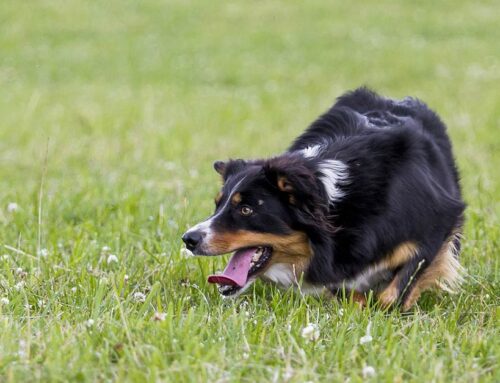Among the reasons people resort to the use of punishment (P+) and tools like prong and shock collars is that they often provide immediate results when it comes to getting a dog to stop performing inappropriate behaviors. The users of these pieces of equipment will justify it because they work and point to how successful they proved to be, and in some cases we cannot argue with their success. The dog has stopped lunging, barking, pulling, etc., and from the handler’s perspective it was quick, easy and required a minimum of skill on their part.
Educated trainers do not advocate the use of these pieces of equipment because of the very real risk of a dog becoming more fearful, more reactive, more aggression, because of them. We cannot forget that this risk exists, it’s been studied and documented. That we are using pain to control a dog should not be left out of the argument against them either. But as advocates against these types of collars we should not lose the opportunity to learn a lesson from the value others put on them. Ending unwanted behaviors is important. We cannot continue to let our dogs repeat behaviors we ultimately want to see end. It’s bad training.
We have this big brain that provides us with the ability to think about how we can prevent, interrupt or end unwanted behavior without resorting to pain, or threats of it. We can and should use it. Many of our dogs cannot tolerate even the subtle reprimands we may use to end a non-fearful dog’s behavior (Don’t even think about going for that cheese on the coffee table!). Our body language, direct eye contact, tone of voice is enough to worry or startle them. We need to get good at training, and we don’t have to wander around in the dark feeling our way, or modeling mediocre or flat out bad trainers who get dogs to behave how they want through force, fear and pain or month after month of sloppy technique. Training a dog isn’t about looking for the right method or protocol. It’s about being able to get or identify the behaviors you want to see repeated and positively reinforce them, and then give the dog the opportunity to practice the heck out of them.
Any trainer who offers a solution that is conspicuously missing the clear and specific identification of a behavior to train and positive reinforcement as a main component of their method, technique or protocol, should be suspect. We need trainers who can demonstrate how to use positive reinforcement to get a recall, a down stay, a wait at the door, walking on a loose leash happily around other dogs, using good positive reinforcement training mechanics. Much of the other talk trainers use is either delusional or part of their marketing plan. Our dogs don’t need pack leaders and talking about empowering or fixing a dog is too nebulous to be useful.
Note the clearly defined objectives and behaviors stated by the lead trainer in this video and the high rate of reinforcement dogs are being given for performing a down stay on a mat. Whether you’re in a class or working with a trainer one on one you are looking for this kind of guidance- a clear definition of the behavior, how to get it and positively reinforce it and gradually provide more challenging conditions in which the dog can perform it. There is nothing unnatural about a dog performing a behavior in order to get food and dogs will likely develop confidence, learn to trust their handlers and become empowered in the process. This is the kind of training worth spending money on, it’s out there, don’t settle for less.[youtube https://www.youtube.com/watch?v=o073SGycNLE]





